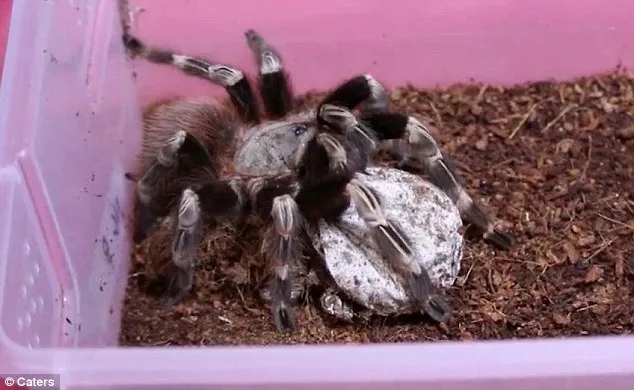Understanding Tarantula Reproduction
Breeding tarantulas can be a fascinating and rewarding experience, but it’s essential to understand the process to ensure the safety and well-being of both the adult tarantula and the spiderlings. Tarantulas, unlike many other pets, have a unique reproductive cycle. Their mating rituals, gestation periods, and the care required for the spiderlings are all critical aspects of successful breeding. Proper knowledge and preparation are paramount before you even consider breeding your tarantulas. This guide will walk you through the key steps, from understanding the mating process to providing the optimal environment for the baby tarantulas to thrive. Remember, responsible breeding is about prioritizing the health and welfare of these amazing creatures.
Mating Rituals of Tarantulas
Mating in tarantulas is a delicate dance, a ritualistic display of courtship. The male tarantula, equipped with specialized pedipalps, must approach the female cautiously. He often drums on the ground to signal his intentions, and the female, if receptive, will allow him to mate. The male will then use his pedipalps to deposit sperm into the female’s spermatheca. This process requires careful observation and management to prevent the female from attacking and potentially consuming the male. Successful mating is not always guaranteed; sometimes, the female is not receptive, or the male may be injured. Careful planning and observation are required during this stage. It is important to note that tarantulas can be unpredictable, and safety measures should always be in place to protect both the male and the female.
Identifying a Pregnant Tarantula
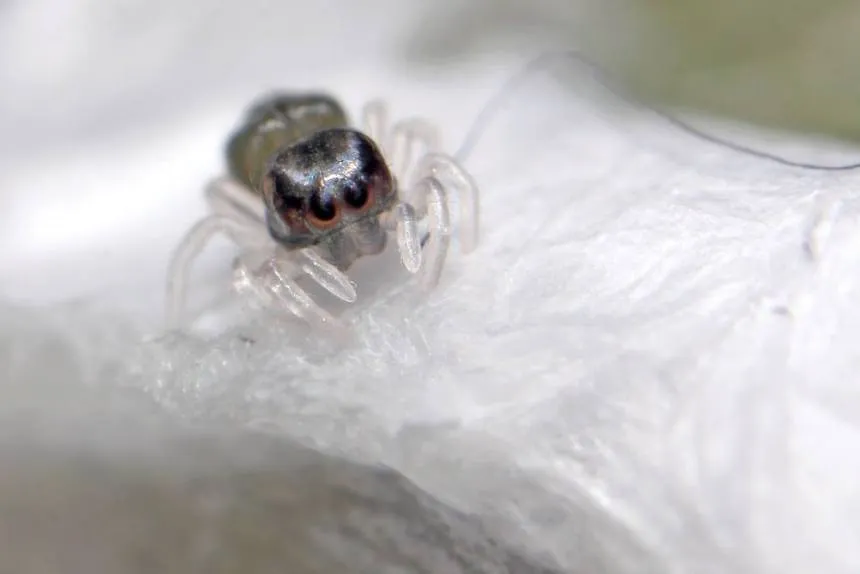
After successful mating, the female tarantula will begin to show signs of pregnancy. One of the first indicators is a change in behavior. The female may become less active, spending more time in her burrow or hiding. Additionally, she will often start to eat more, storing up energy for the upcoming egg sac production. You might notice a slight swelling of the abdomen, a sign that eggs are developing inside. It is crucial to carefully observe these changes, noting the female’s feeding habits and general demeanor. Avoid disturbing her excessively, as stress can negatively impact the development of the eggs. Regular checks, without causing disruption, can help you prepare for the arrival of the spiderlings. This period is a testament to the female’s instinctual care for her future offspring.
Signs of Imminent Birth
As the time for the eggs to hatch approaches, the female tarantula will create an egg sac, a silken cocoon that protects the eggs. The female will often seal herself within her burrow, and the egg sac will become her primary focus. Some noticeable signs include a lack of feeding, as the mother dedicates all her energy to the eggs. The egg sac is usually kept close to the female, which regularly rotates to maintain optimal temperature and humidity. Before the spiderlings emerge, the female will tear open the egg sac. At this point, the tiny tarantulas will start to roam. Careful observation during this time is important. Any unexpected change in behavior could signal problems. Preparing for the baby tarantulas’ arrival is essential to provide the proper environment.
Setting Up a Brooding Enclosure
The brooding enclosure is where the magic happens, where tiny spiderlings will begin their lives. It’s critical that the setup is perfect to ensure their safety and survival. The size of the enclosure depends on the number of spiderlings expected, but it should be spacious enough for them to move around and find food. The ideal environment mimics the tarantulas’ natural habitat. The type of substrate is also crucial; it must be safe for the spiderlings. It’s important to carefully consider the enclosure’s location, temperature, humidity, and access to food and water. Proper setup will ensure the spiderlings have the best start to their lives.
Ideal Temperature and Humidity
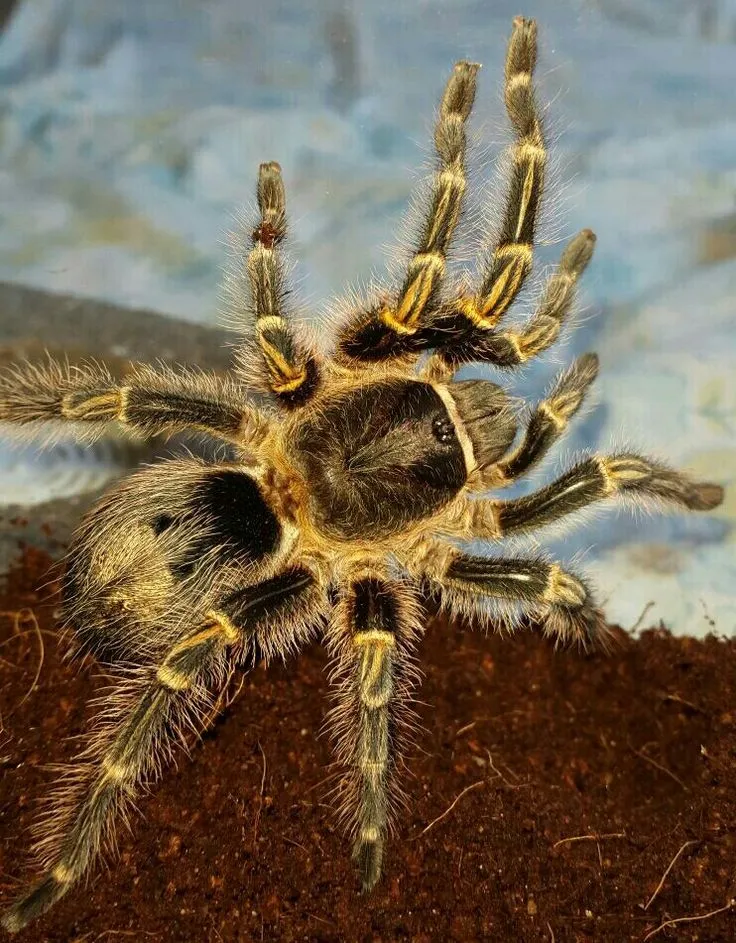
Temperature and humidity play an important role in the development of tarantula spiderlings. Most tarantulas thrive in a temperature range between 75-85°F (24-29°C). Maintaining a stable temperature is important. Humidity levels should be carefully monitored to avoid respiratory issues. The humidity level can be regulated using a hygrometer and by misting the enclosure with water, especially the substrate. The specific needs of the tarantula species should also be considered; some species require higher or lower humidity. Consistent monitoring and adjustments ensure the spiderlings’ environment remains safe and healthy.
Substrate and Hiding Places
The substrate in the brooding enclosure provides a foundation, a ground for the spiderlings to explore and hide. The substrate type should be safe, non-toxic, and capable of retaining moisture. Popular choices include coconut fiber, peat moss, or a mix of both. The depth of the substrate should be sufficient to allow the spiderlings to burrow and feel safe. The addition of hiding places is also crucial. These can include small pieces of bark, cork bark, or even artificial plants. Hiding places provide security. They offer a sense of safety and allow the spiderlings to regulate their stress levels. The correct combination of substrate and hiding places creates an ideal habitat.
Feeding the Mother
While preparing for the arrival of the baby tarantulas, it is important to take care of the mother. During the gestation period, the female tarantula requires extra nutrition to support her and the developing eggs. It’s critical to ensure the mother is well-fed before and after the egg sac is produced. Offer a variety of appropriately sized insects. It’s also important to ensure she has access to fresh water. Although the mother’s primary focus will be on the egg sac and later, the spiderlings, ensuring she is healthy will lead to better outcomes. Always monitor her eating habits and adjust the feeding schedule as needed, depending on the species and her individual needs.
Caring for Baby Tarantulas
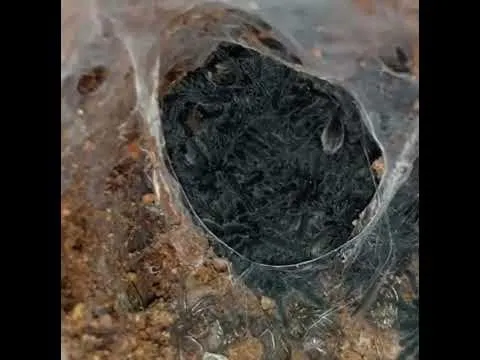
Once the baby tarantulas emerge, providing them with the proper care becomes paramount. Spiderlings are delicate and vulnerable during their first few weeks. This involves ensuring that the baby tarantulas are fed, hydrated, and provided with an appropriate living environment. Baby tarantulas, also called spiderlings, are tiny versions of their adult counterparts. They require a specific diet. Understanding their growth stages is equally important to guarantee their health and well-being. This stage will be the most rewarding part, but the work is far from over.
First Few Days Care
During the first few days of life, baby tarantulas are incredibly vulnerable. They are still in the process of developing their exoskeletons and need constant care. It is important to keep the humidity and temperature levels stable. Spiderlings are tiny and often require micro-sized insects. Food should be small enough for them to consume easily. In addition, regular hydration is required, offering droplets of water with a fine mist. Avoid disturbing the spiderlings more than necessary. Any form of unnecessary stress can be detrimental. Regular, careful observation is key during these critical first days, allowing you to catch any problems early and intervene if necessary. Patience and attention to detail are crucial for success.
Feeding Regimen
Feeding baby tarantulas is an art and a science. The diet of spiderlings typically consists of small insects. The size of the food should be proportionate to the size of the spiderlings. Newly hatched spiderlings often start with fruit flies or small pinhead crickets. The frequency of feeding depends on the species and the rate of growth. Generally, spiderlings should be fed every 2-3 days. Observe how the spiderlings react to the food; if they are not eating, it might be too large or they are not hungry. Ensure there is always a fresh supply of food available. The right food will help the baby tarantulas grow fast.
Water and Hydration
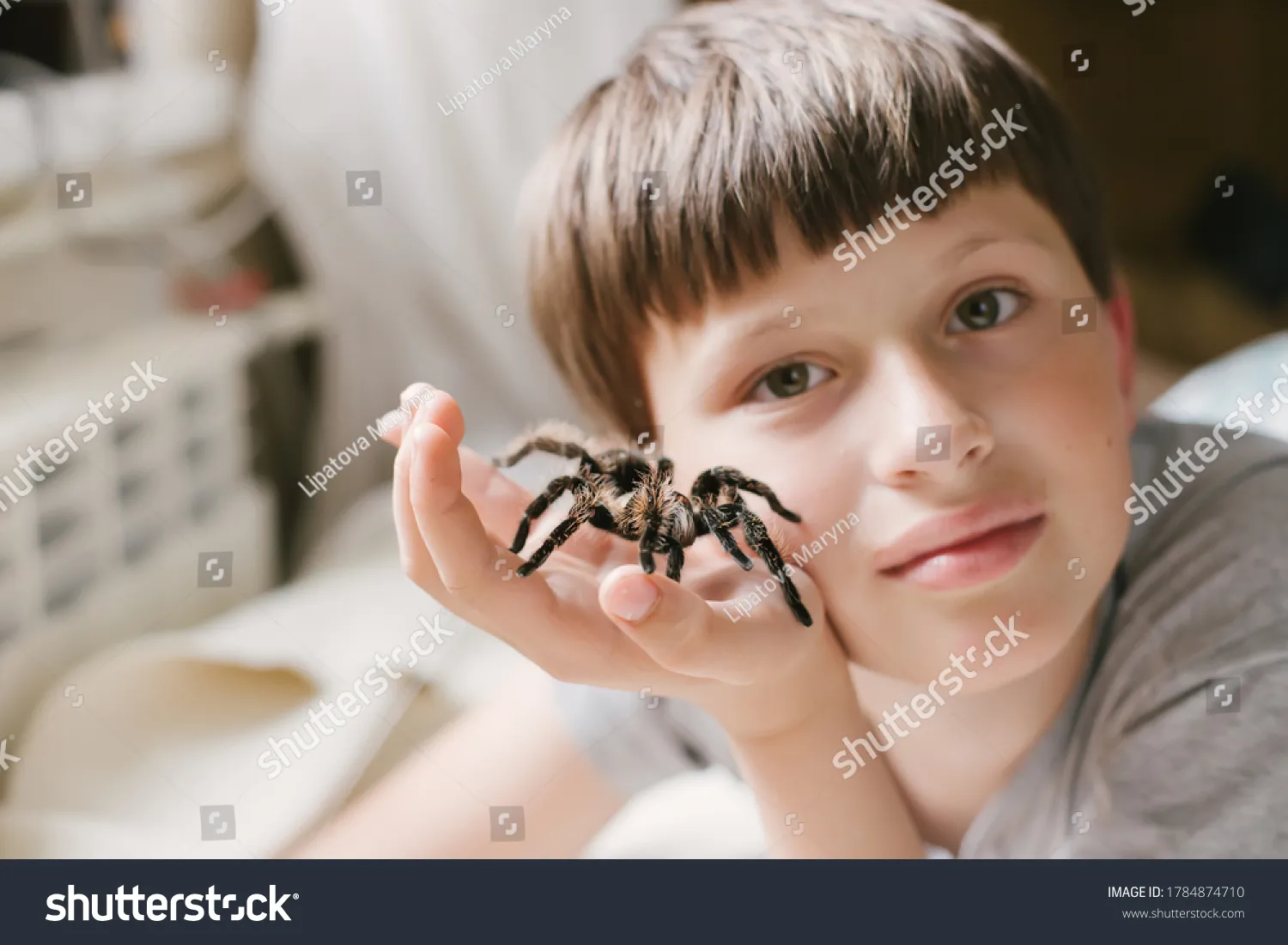
Hydration is as essential as food in the spiderlings’ lives. Provide a source of fresh, clean water. You can use a shallow water dish or offer water droplets on the enclosure walls. The key is to make water accessible without the risk of drowning. Use cotton balls or sponges to prevent the spiderlings from getting stuck. Regular misting of the enclosure is also helpful, especially when the humidity is low. Monitor water levels daily and replace any soiled water. The right amount of water is an essential element in the development of healthy spiderlings.
Housing and Environment
Providing the correct housing and environment is paramount for the well-being of baby tarantulas. Individual enclosures will be needed when the spiderlings have molted a few times. These can be small containers with the proper substrate, hiding places, and ventilation. Proper ventilation will prevent the growth of mold and maintain air quality. The enclosures should be kept clean. Remove uneaten food and waste regularly. Temperature and humidity levels should be maintained at the correct levels. Always provide the spiderlings with a safe and stimulating environment.
Growth and Development Stages
Understanding the growth and development stages of baby tarantulas will help you provide the proper care at each stage. Tarantulas grow by molting, shedding their exoskeleton. Spiderlings will molt multiple times during their first few months. Each molt marks a new phase of growth. During molting, spiderlings are vulnerable and require a safe environment. The frequency of molting decreases as the tarantula grows. Proper nutrition, temperature, and humidity will influence the speed of growth. This period of growth will offer rewarding experiences.
Molting and Its Significance
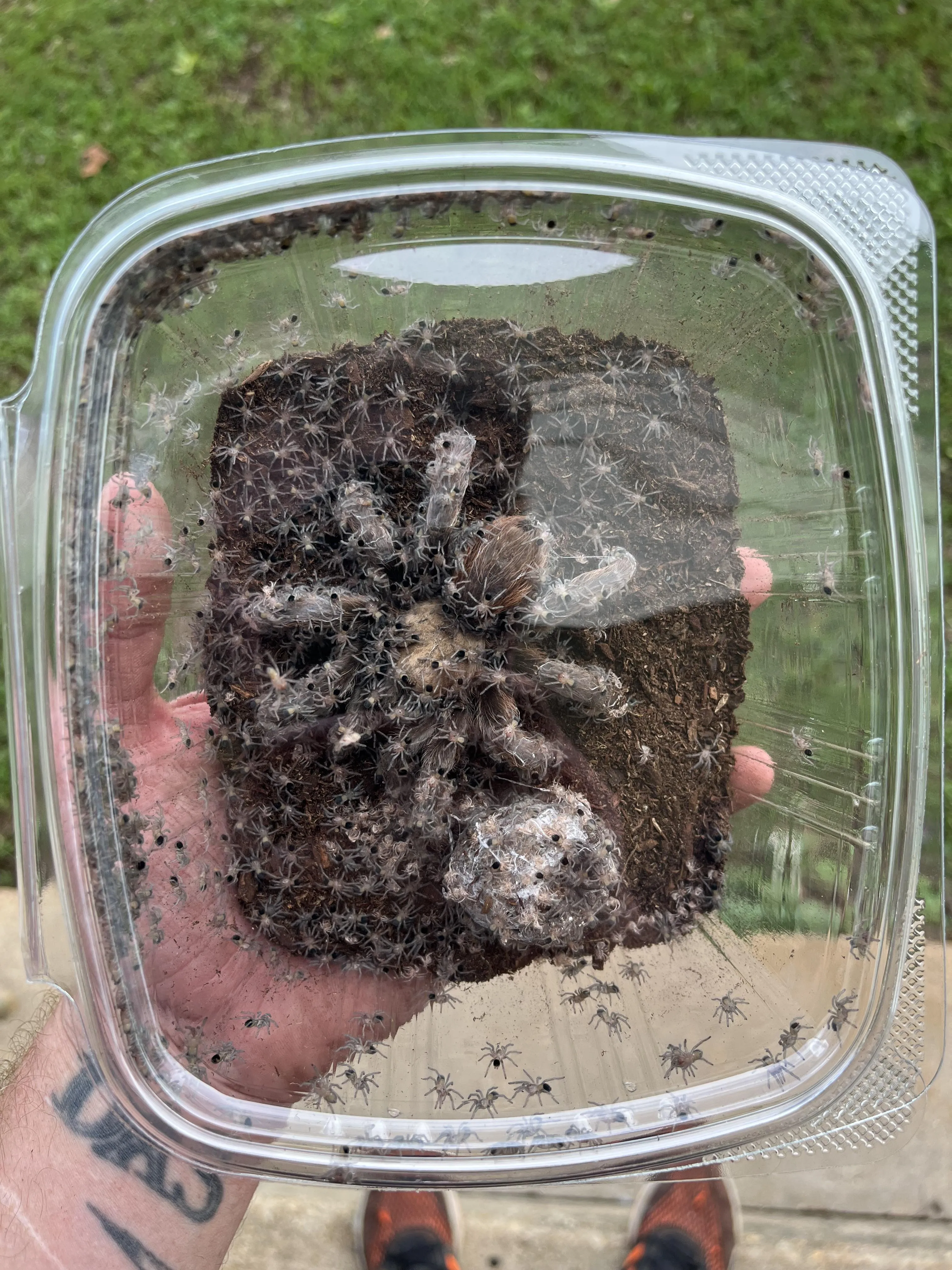
Molting is a key process in the growth and development of tarantulas. The spiderlings shed their exoskeletons to grow. Before molting, the spiderlings will typically stop eating and become less active. Their colors may also appear dull. During the molting process, it is important to provide a stable environment with the correct humidity levels. Avoid disturbing the spiderlings. Once the molt is complete, the tarantulas will have a new, larger exoskeleton. They are vulnerable until the new exoskeleton hardens. Offer food once they have completely hardened. This growth signifies the spiderlings’ development.
Common Problems and Solutions
Even with the best care, problems can arise when raising baby tarantulas. Awareness and preparedness are essential to quickly identify and address potential issues. The most common issues include cannibalism, disease, and parasites. Addressing these problems requires careful observation and proactive intervention. A proactive approach will minimize the risks and increase the chances of the baby tarantulas thriving. Regular monitoring and proactive measures will lead to success.
Preventing Cannibalism
Cannibalism can occur when raising baby tarantulas. This is particularly common in communal setups. Cannibalism is triggered by stress, hunger, or overcrowding. To minimize the risk of cannibalism, provide ample food. If you are keeping the spiderlings in a communal setup, you will have to separate them, usually into individual enclosures. Ensure each spiderling has enough space and access to food and water. Any injury or a failed molt will make the baby tarantulas vulnerable. Observation and the proper adjustments will decrease the chances of this problem occurring.
Disease and Parasites
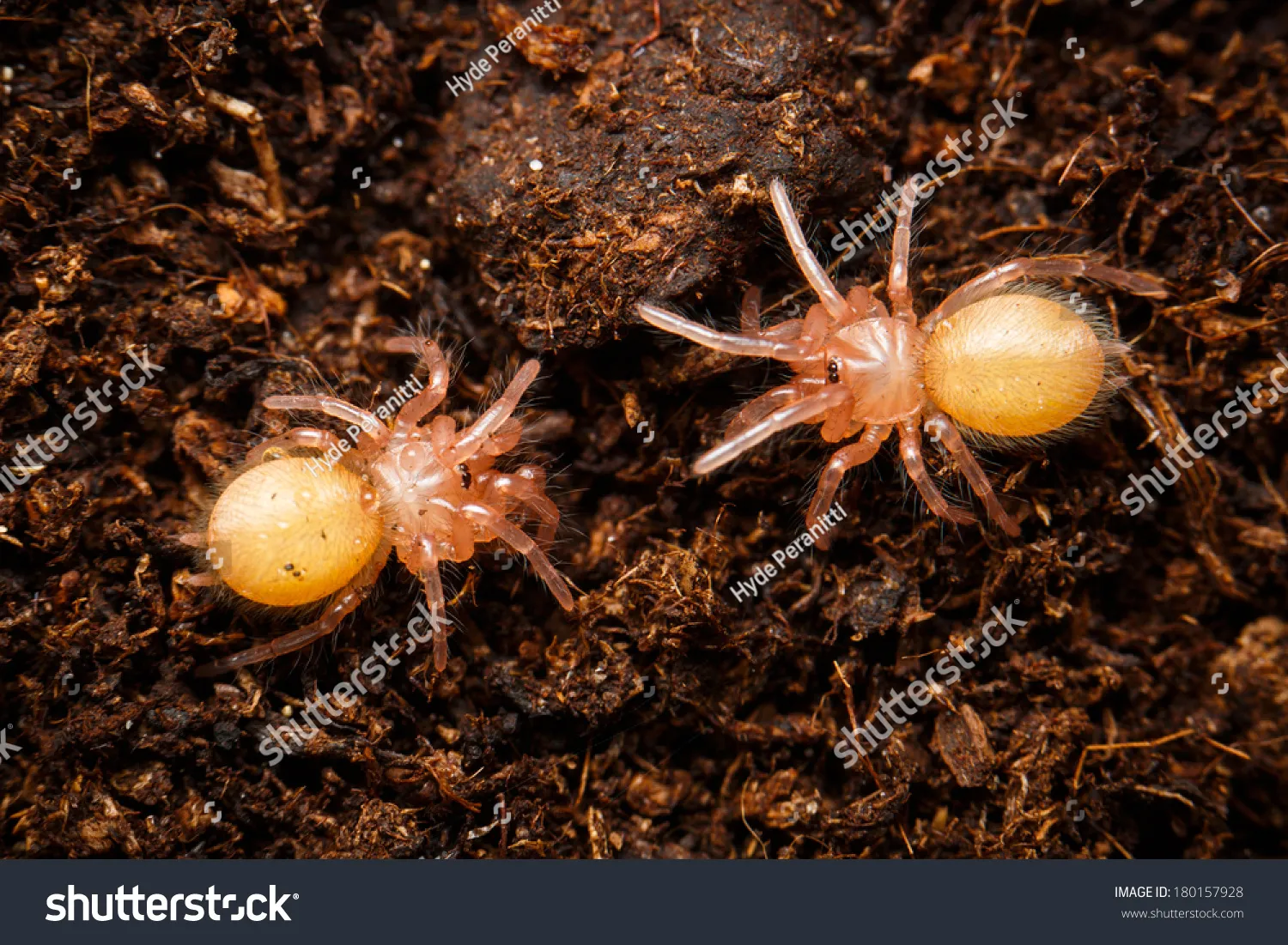
Baby tarantulas are susceptible to disease and parasites. The most common diseases include fungal infections. Parasites can be introduced through contaminated food or substrate. Maintaining a clean environment is crucial. Remove uneaten food and waste to prevent the growth of pathogens. Quarantine any new additions before introducing them to your collection. If you notice signs of illness, such as lethargy, discoloration, or loss of appetite, consult an expert. The prevention of disease is the best medicine. Proper hygiene and responsible practices will help you minimize the problems.
Maintaining Optimal Conditions
Maintaining optimal conditions is key to the survival of baby tarantulas. This includes keeping the temperature and humidity levels stable, providing the right diet, and preventing overcrowding. Temperature fluctuations will compromise the spiderlings’ immune systems. Overcrowding can also lead to stress and disease. Humidity also plays a key role. The optimal conditions will vary depending on the species. Regular monitoring and adjustments based on observations will guarantee a successful outcome. Consistency and vigilance are essential when raising baby tarantulas.
